Home>Gardening & Outdoor>Landscaping Ideas>Why Does My Grass Feel Spongy
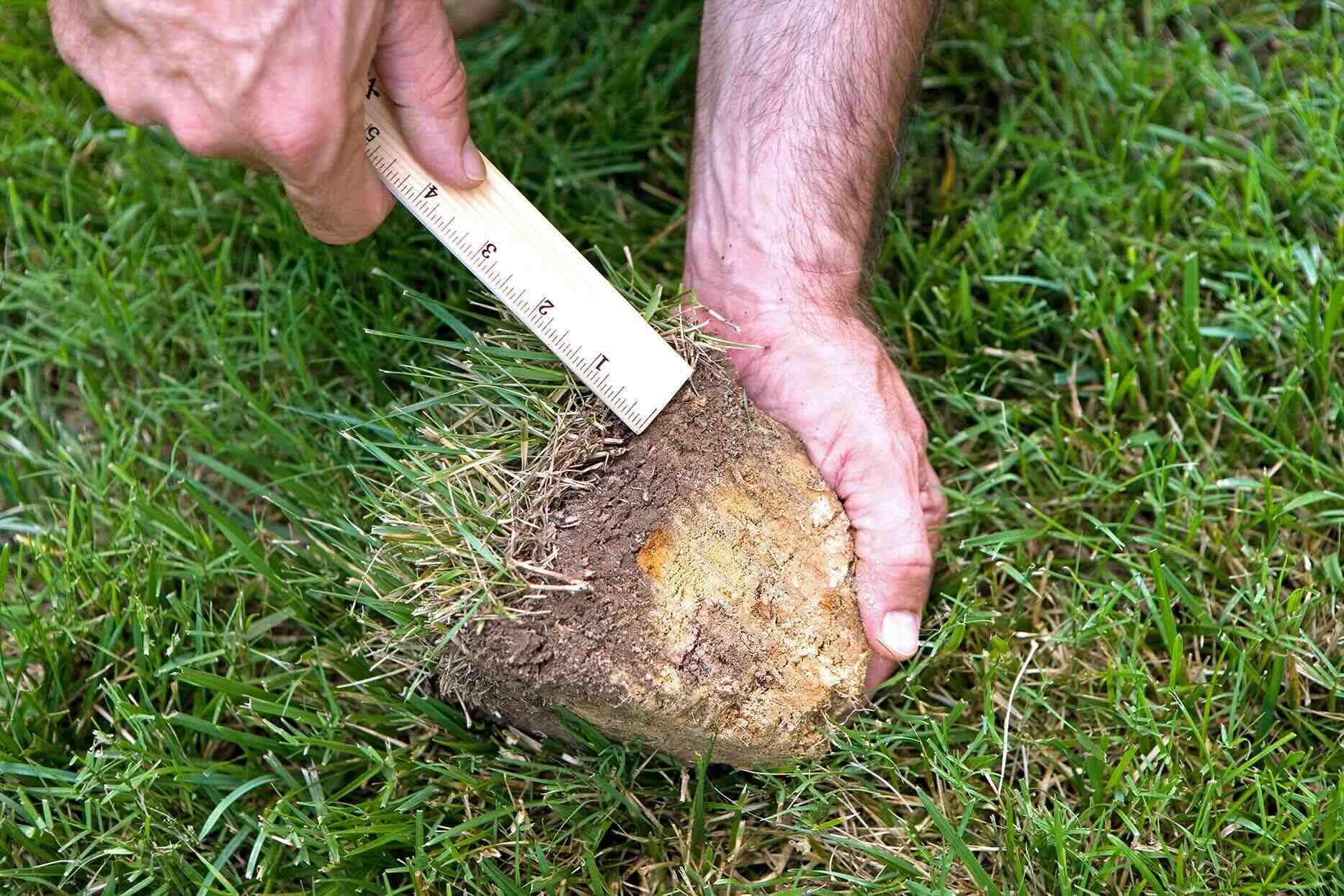

Landscaping Ideas
Why Does My Grass Feel Spongy
Published: January 30, 2024
Discover effective landscaping ideas to address spongy grass and improve the health of your lawn. Find solutions to achieve a lush, resilient yard.
(Many of the links in this article redirect to a specific reviewed product. Your purchase of these products through affiliate links helps to generate commission for Storables.com, at no extra cost. Learn more)
Introduction
Have you ever walked across your lawn and noticed that it feels unusually soft and spongy underfoot? If so, you may be wondering, "Why does my grass feel spongy?" The answer to this question lies in understanding the underlying factors that contribute to spongy grass and learning how to address this common issue. A healthy, lush lawn is a source of pride for many homeowners, but spongy grass can detract from its overall appeal and functionality. In this article, we will delve into the causes of spongy grass, explore common lawn problems that may contribute to this issue, and provide practical solutions for restoring your lawn to its full potential. Whether you're a seasoned gardener or a novice enthusiast, understanding the dynamics of spongy grass will empower you to take proactive steps in maintaining a resilient and inviting lawn. So, let's roll up our sleeves and embark on a journey to uncover the secrets of spongy grass and reclaim the vibrancy of your outdoor oasis.
Key Takeaways:
- Spongy grass can be caused by thatch buildup, compacted soil, excessive moisture, pests, and poor soil. Addressing these issues with proper care and maintenance can restore a healthy, firm lawn.
- To fix spongy grass, focus on dethatching, soil aeration, proper watering, soil testing, pest control, and good mowing practices. By taking these steps, you can transform your lawn into a strong, vibrant outdoor space.
Read more: Why Does My Hot Tub Feels Gritty
What Causes Spongy Grass?
Spongy grass can be attributed to several factors that affect the underlying structure and health of your lawn. Understanding these causes is crucial in devising an effective plan to address the sponginess and restore the strength and resilience of your grass. Here are some common culprits:
- Thatch Buildup: Over time, a layer of dead grass, roots, and other organic matter can accumulate between the soil and the actively growing grass. This thatch layer, if not managed properly, can lead to spongy and uneven turf, impeding water and nutrient penetration.
- Compacted Soil: Soil compaction, often resulting from heavy foot traffic, construction activities, or improper lawn maintenance, can restrict root growth and air circulation, leading to spongy and weak grass.
- Excessive Moisture: Prolonged periods of excessive moisture, whether from overwatering, poor drainage, or heavy rainfall, can create a waterlogged environment, causing the grass roots to suffocate and the turf to become spongy.
- Underlying Pest Infestation: Certain pests, such as white grubs and chinch bugs, can damage the root system of the grass, leading to weakened turf that feels spongy underfoot.
- Poor Soil Composition: Inadequate soil composition, lacking essential nutrients or organic matter, can result in weak, spongy grass that struggles to establish a strong root system.
By identifying the specific causes of spongy grass in your lawn, you can tailor your remedial efforts to effectively address the underlying issues and promote a healthier, more resilient turf. Now that we’ve shed light on the potential culprits behind spongy grass, let’s explore common lawn problems that may exacerbate this condition.
Common Lawn Problems
When it comes to maintaining a lush and vibrant lawn, various challenges can arise that impact the overall health and appearance of the grass. Understanding these common lawn problems is essential in diagnosing the underlying issues contributing to spongy grass. Here are some prevalent issues that may be affecting the vitality of your lawn:
- Weeds and Invasive Plants: The presence of weeds and invasive plants can compete with the grass for essential nutrients, water, and sunlight, leading to weakened turf and spongy patches.
- Improper Mowing Techniques: Incorrect mowing practices, such as cutting the grass too short or using dull blades, can stress the turf and impede healthy growth, contributing to spongy and uneven grass.
- Insufficient Aeration: Without proper aeration, the soil becomes compacted, hindering the circulation of air, water, and nutrients, which can result in spongy and lackluster grass.
- Underwatering or Overwatering: Inconsistent or excessive watering can lead to shallow root systems, fungal diseases, and spongy turf, compromising the overall resilience of the grass.
- Soil Imbalance: Soil pH imbalance, nutrient deficiencies, and poor soil structure can impede the grass’s ability to develop strong roots and maintain a healthy, firm texture.
By addressing these common lawn problems, you can mitigate the factors contributing to spongy grass and pave the way for a more robust and visually appealing lawn. Now, let’s explore actionable steps to remedy spongy grass and restore the strength and vibrancy of your turf.
Aeration can help reduce sponginess in grass by improving soil compaction and allowing better water and nutrient absorption. Consider aerating your lawn to improve its overall health and reduce sponginess.
How to Fix Spongy Grass
Addressing spongy grass involves a multi-faceted approach that targets the underlying causes while promoting the overall health and resilience of your lawn. By implementing the following strategies, you can effectively remedy spongy grass and cultivate a lush, firm turf that enhances your outdoor space:
- Dethatching: Removing excessive thatch buildup through dethatching or mechanical core aeration can improve water and nutrient penetration, promoting a firmer, healthier lawn surface.
- Soil Aeration: Aerating the soil to alleviate compaction and enhance root development is essential for mitigating spongy grass and promoting robust turf growth.
- Proper Watering: Establishing a consistent and appropriate watering schedule, ensuring deep but infrequent watering to encourage deep root growth and reduce sponginess caused by overwatering.
- Soil Testing and Amendment: Conducting soil tests to assess pH levels and nutrient deficiencies, followed by targeted soil amendments, can optimize the soil composition for healthy grass growth.
- Pest Control: Addressing pest infestations through targeted treatments or natural pest control methods can safeguard the grass roots and prevent spongy patches caused by pest damage.
- Appropriate Mowing Techniques: Adopting proper mowing practices, such as maintaining the ideal grass height and using sharp blades, can promote strong, resilient turf and reduce sponginess.
- Weed Management: Implementing effective weed control measures to minimize competition for resources and promote the vigor of the grass.
By integrating these proactive measures into your lawn care routine, you can effectively address spongy grass and cultivate a robust, inviting lawn that enhances the beauty of your outdoor environment. Now, armed with actionable solutions for remedying spongy grass, you are well-equipped to embark on the journey of revitalizing your lawn and reclaiming its lush, resilient nature.
Conclusion
As you’ve discovered, spongy grass can stem from a variety of underlying factors, including thatch buildup, soil compaction, excessive moisture, pest infestations, and poor soil composition. These issues can compromise the strength and resilience of your lawn, leading to a spongy, uneven texture that detracts from its overall appeal. However, armed with a deeper understanding of the causes of spongy grass and the common lawn problems that exacerbate this condition, you are well-prepared to take proactive steps in restoring the vitality and firmness of your turf.
By implementing targeted solutions such as dethatching, soil aeration, proper watering practices, soil testing and amendment, pest control, and appropriate mowing techniques, you can effectively address spongy grass and promote the growth of a healthier, more resilient lawn. These efforts will not only enhance the visual aesthetics of your outdoor space but also create a more functional and enjoyable environment for relaxation and recreation.
Remember, the journey to reclaiming a lush and firm lawn is an ongoing process that requires consistent care and attention. By nurturing your grass with the right practices and addressing underlying issues promptly, you can cultivate a thriving outdoor oasis that brings you pride and satisfaction. So, roll up your sleeves, apply these actionable solutions, and watch as your spongy grass transforms into a verdant carpet of strength and beauty, enriching your outdoor living experience.
With these insights and strategies at your disposal, you are well-equipped to embark on the rewarding endeavor of revitalizing your lawn and reclaiming its vibrancy. Here’s to a future filled with the joy of walking barefoot on a firm, resilient lawn that reflects the care and dedication you’ve invested in its well-being.
Frequently Asked Questions about Why Does My Grass Feel Spongy
Was this page helpful?
At Storables.com, we guarantee accurate and reliable information. Our content, validated by Expert Board Contributors, is crafted following stringent Editorial Policies. We're committed to providing you with well-researched, expert-backed insights for all your informational needs.

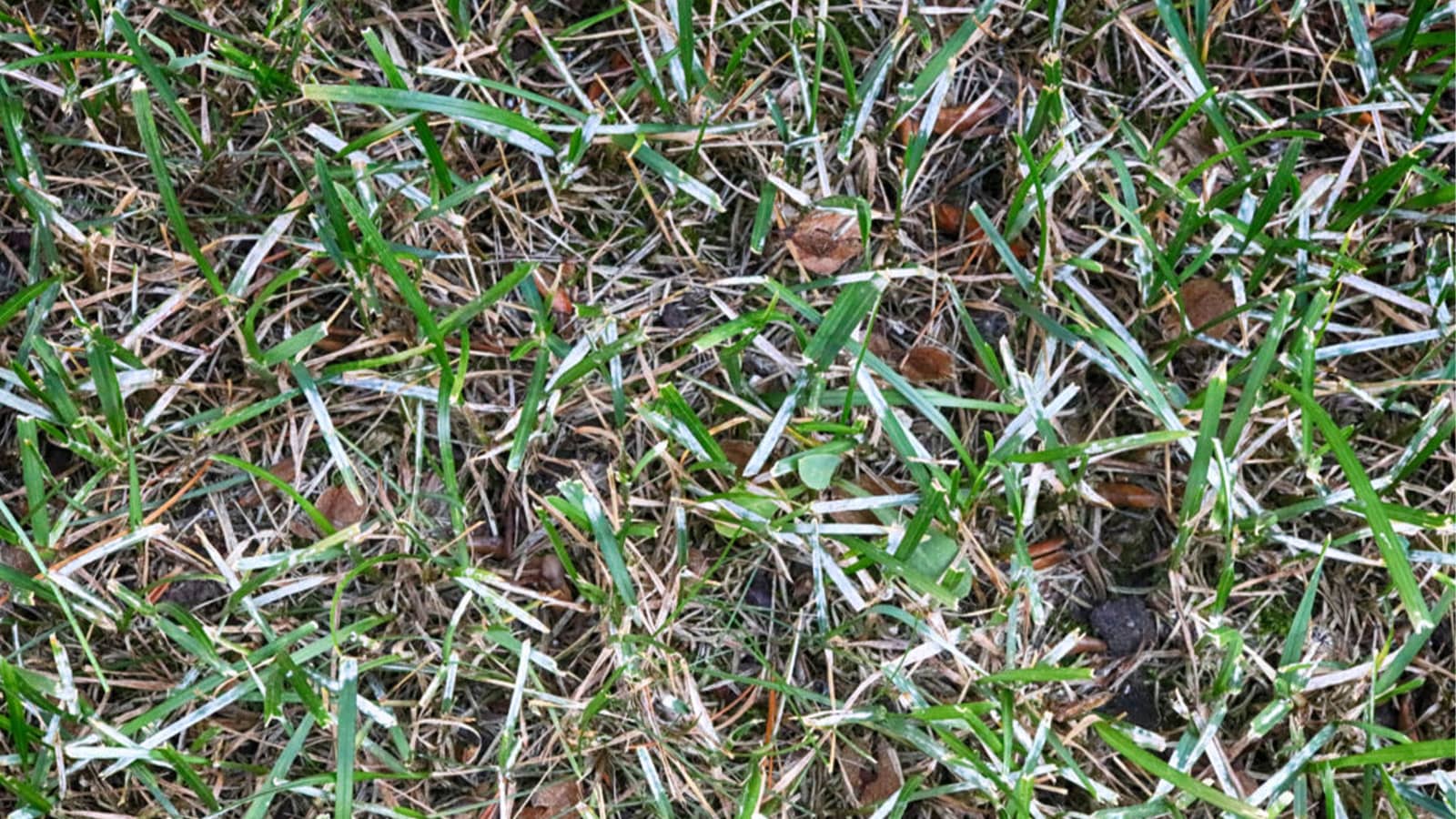


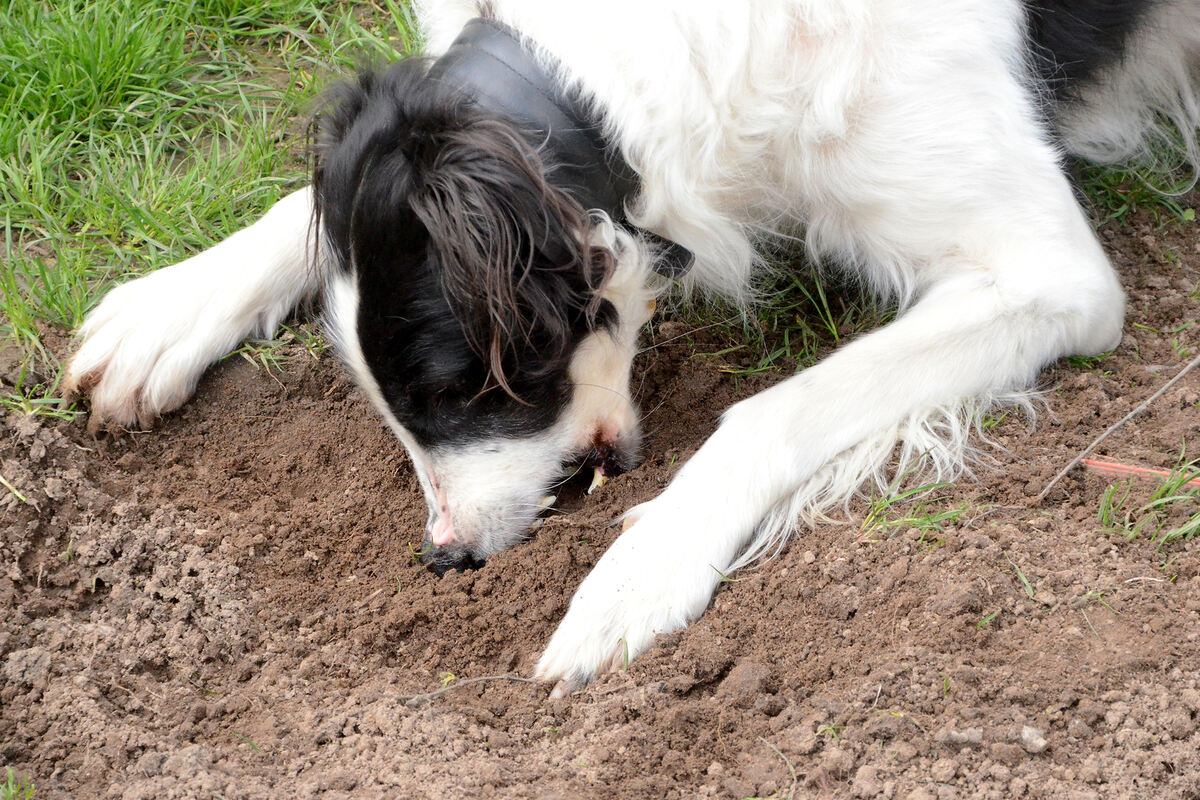


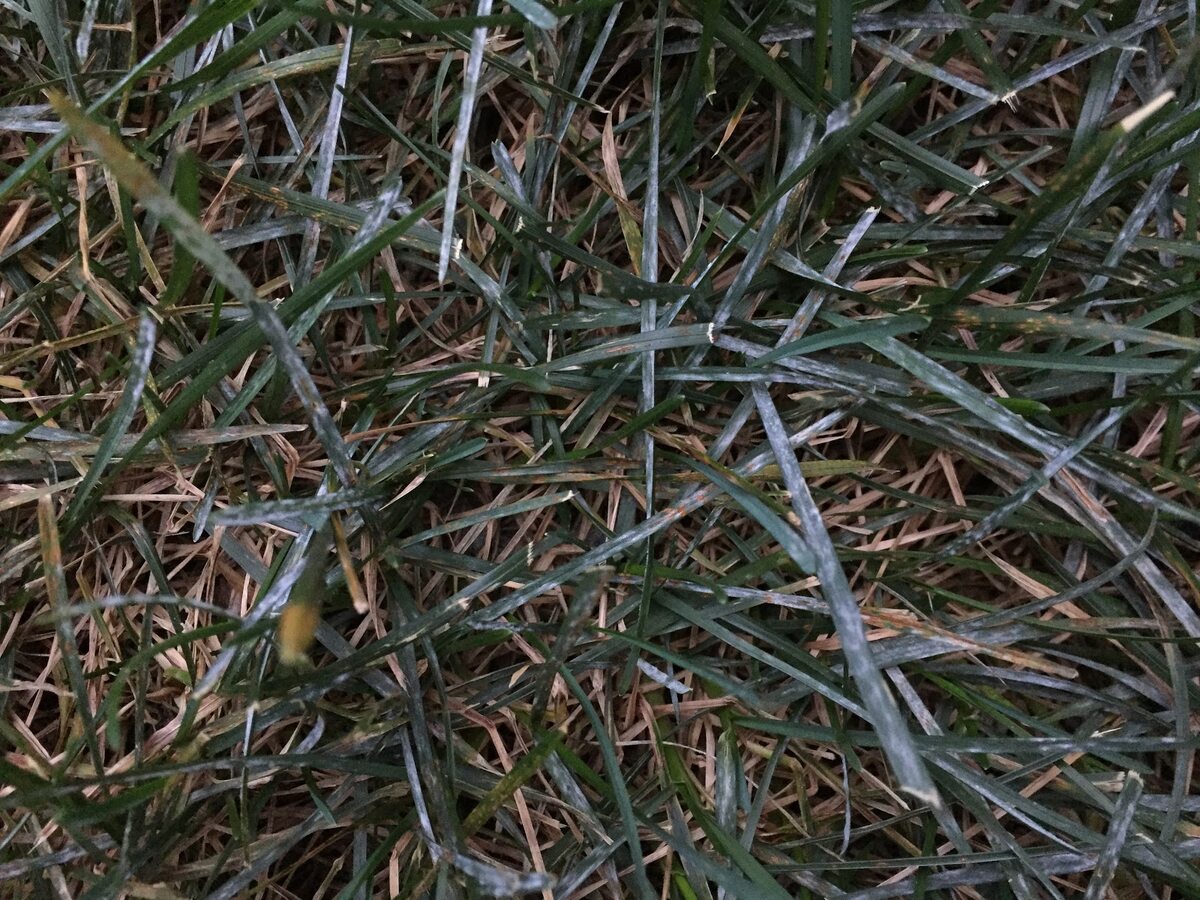
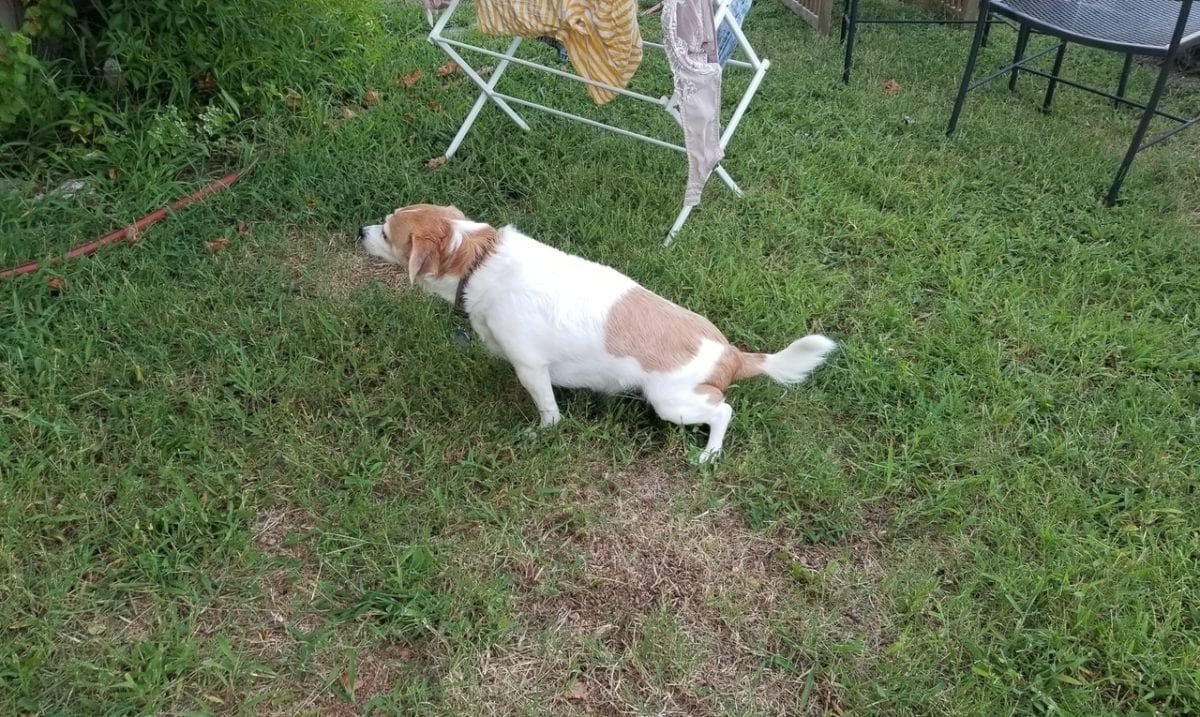
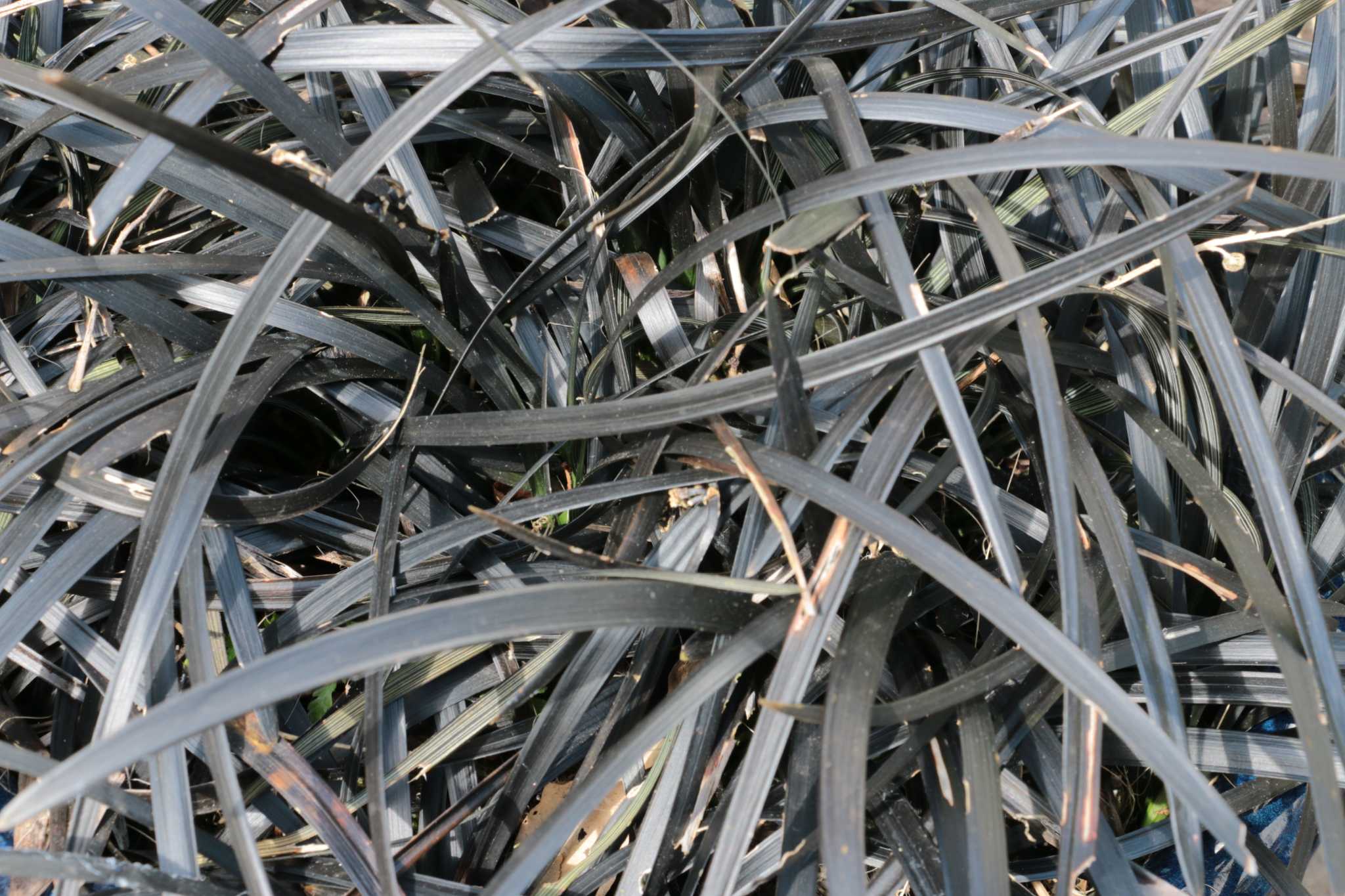
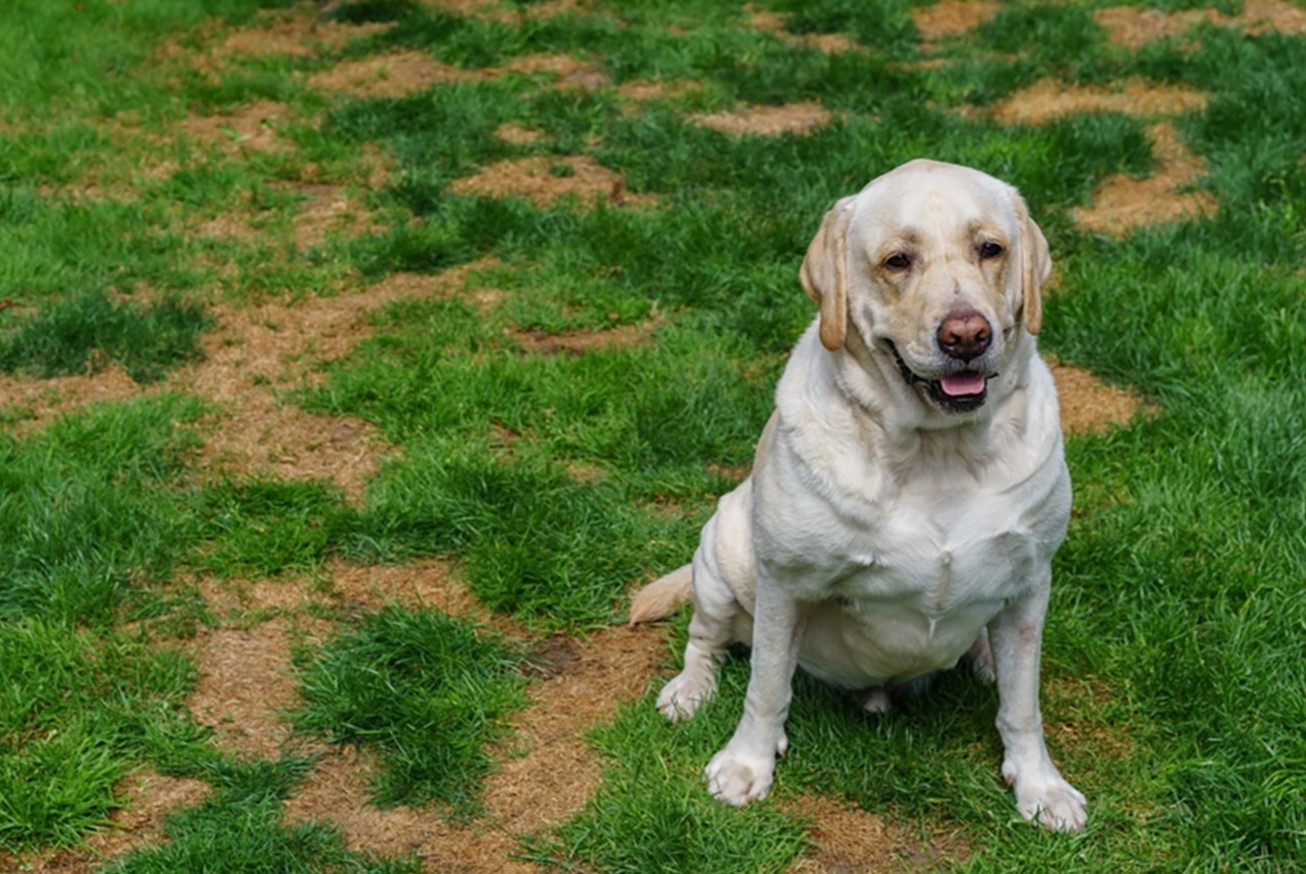
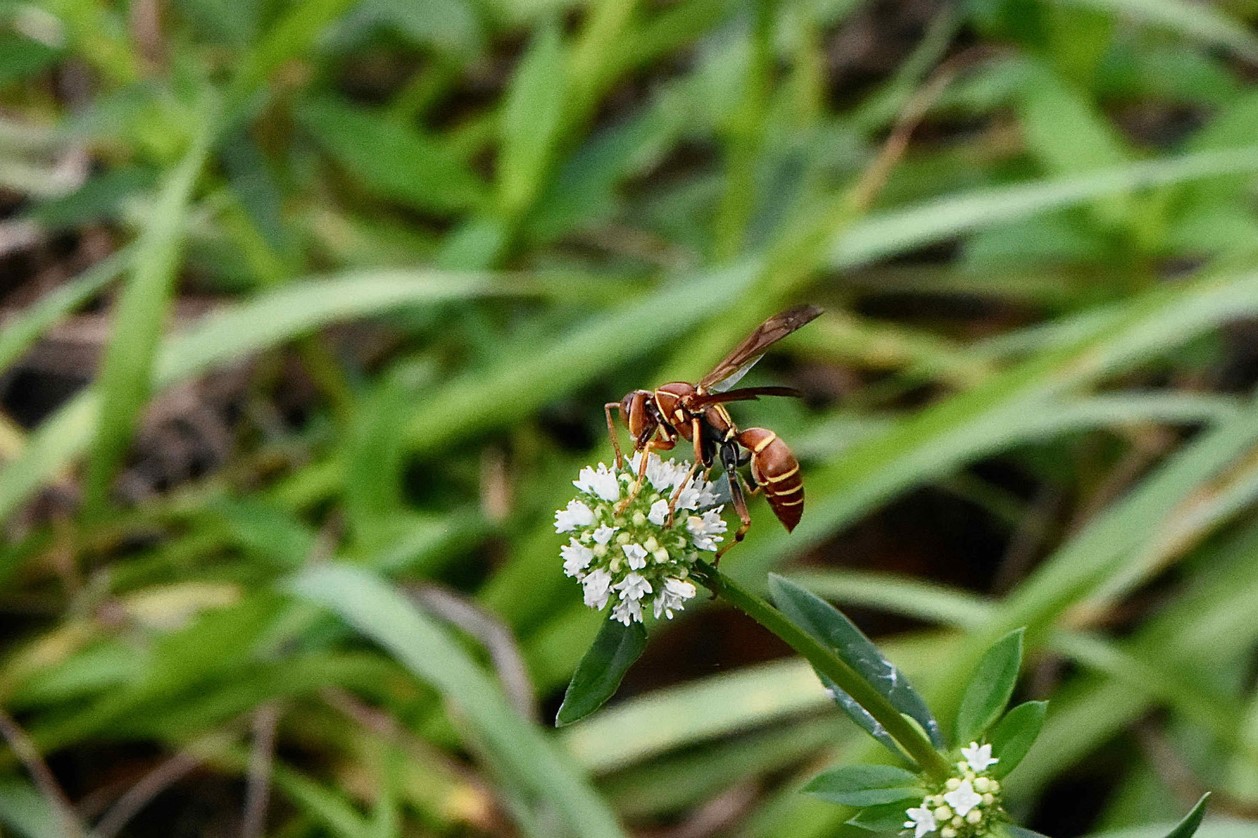
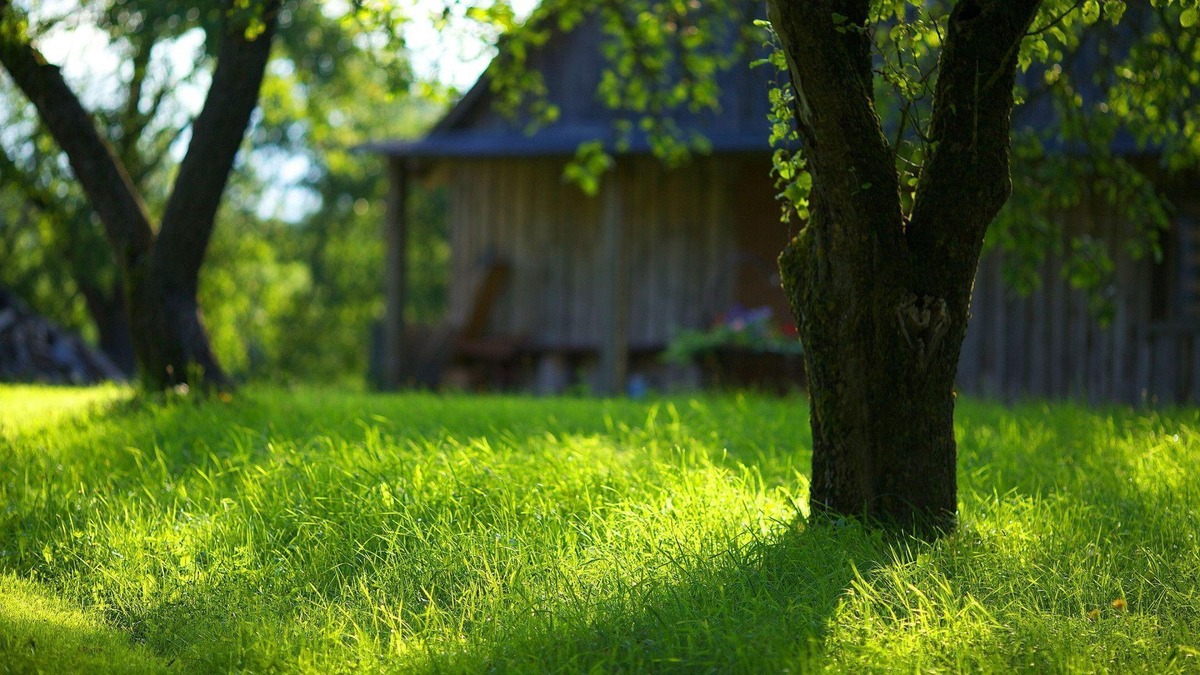
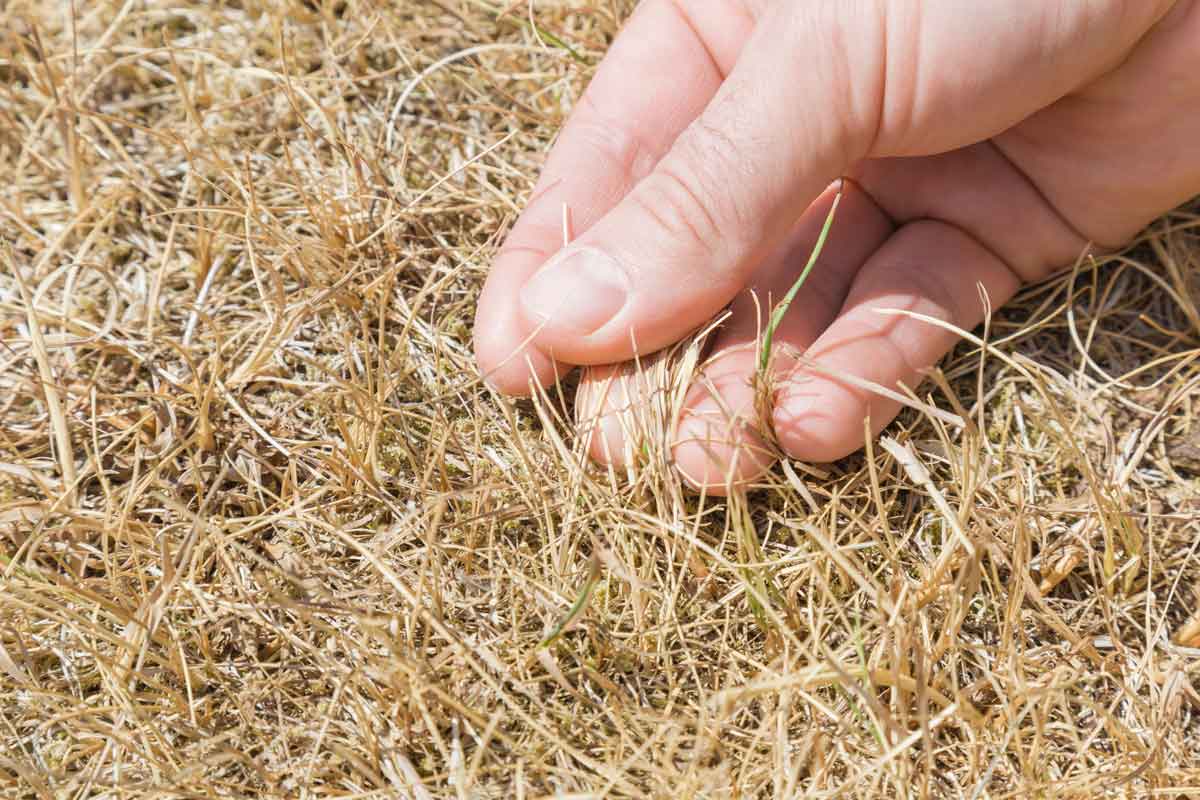
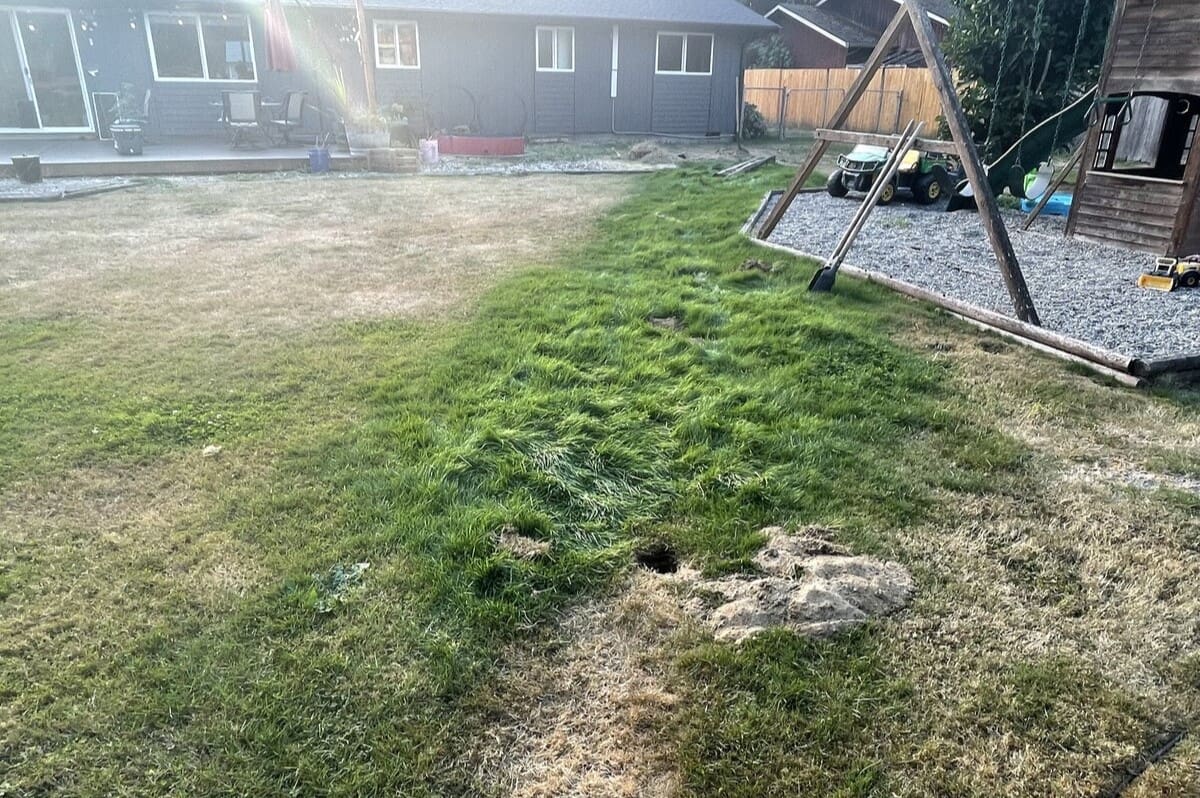

0 thoughts on “Why Does My Grass Feel Spongy”